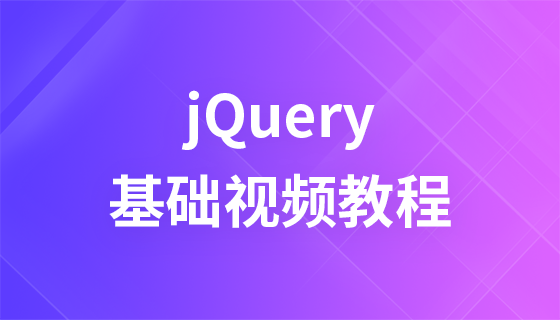

jQuery is a popular JavaScript library that simplifies the process of handling events and manipulating DOM elements on web pages. This article will introduce in detail the binding methods of button click events in jQuery, including several commonly used methods and specific code examples.
Method 1: Use the click() method
The click() method is the most commonly used method to bind button click events. Through this method, you can add a click event handler for the specified element. When the user clicks on the element, the corresponding operation is triggered.
<!DOCTYPE html>
<html>
<head>
<title>jQuery按钮点击事件示例</title>
<script src="https://code.jquery.com/jquery-3.6.0.min.js"></script>
</head>
<body>
<button id="btn">点击我</button>
<script>
$(document).ready(function(){
$("#btn").click(function(){
alert("按钮被点击了!");
});
});
</script>
</body>
</html>In the above example, when the page is loaded, use the $(document).ready() method to ensure that the DOM has been loaded, and then select the id btn through the selector The button element uses the click() method to bind the click event handler. When the button is clicked, a prompt box pops up.
Method 2: Use the on() method
In addition to the click() method, jQuery also provides a more flexible on() method to bind event handlers. Multiple events can be bound at the same time through the on() method, and event handlers can be added for dynamically added elements.
<!DOCTYPE html>
<html>
<head>
<title>jQuery按钮点击事件示例</title>
<script src="https://code.jquery.com/jquery-3.6.0.min.js"></script>
</head>
<body>
<button id="btn">点击我</button>
<script>
$(document).ready(function(){
$("#btn").on("click", function(){
alert("按钮被点击了!");
});
});
</script>
</body>
</html>In this example, the button's click event handler is also bound after the page is loaded, but the on() method is used. The on() method can accept multiple event types, such as mouseenter, mouseleave, etc., which is more flexible.
Method 3: Use the delegate() method
If you need to batch-bind event handlers for multiple elements in the container, you can use the delegate() method. This method was deprecated after jQuery version 1.7, and it is recommended to use the on() method instead.
<!DOCTYPE html>
<html>
<head>
<title>jQuery按钮点击事件示例</title>
<script src="https://code.jquery.com/jquery-3.6.0.min.js"></script>
</head>
<body>
<div id="container">
<button class="btn">按钮1</button>
<button class="btn">按钮2</button>
<button class="btn">按钮3</button>
</div>
<script>
$(document).ready(function(){
$("#container").delegate(".btn", "click", function(){
alert("按钮被点击了!");
});
});
</script>
</body>
</html>In this example, click event handlers are bound to all button elements in the container. Whether they are dynamically added or static buttons, the same action will be triggered when clicked.
Through the above sample code, we introduced in detail the binding methods of button click events in jQuery, including several common methods such as click(), on(), delegate(), etc. In actual development, choosing the appropriate binding method according to needs can improve development efficiency and simplify code logic. Hope this article is helpful to you.
The above is the detailed content of In-depth understanding of jQuery button click event binding. For more information, please follow other related articles on the PHP Chinese website!
